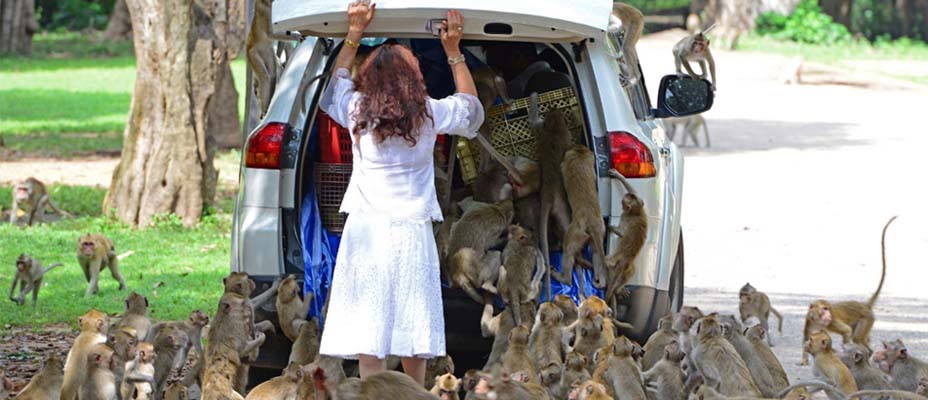Staphylococcus aureus (S. aureus) is a ubiquitous bacterium colonizing 20–30% of the human population. Beyond asymptomatic carriage, S. aureus causes a wide range of infections, such as skin and soft tissue infections (SSTI), bone, joint and implant infections, pneumonia, septicemia and various toxicoses such as toxic shock syndrome. Shortly after the introduction of penicillin in the 1940s, the first penicillinase-producing S. aureus strains were detected, leading to the development of the penicillinase-resistant semi-synthetic penicillins such as methicillin, oxacillin and the first/second generation cephalosporins, the drugs of choice for treatment. Within a year after the introduction of these drugs, methicillin-resistant S. aureus (MRSA) were reported which made them useless for treatment. MRSA has become a serious international problem. Some strains predominate in geographically restricted settings while others have achieved pandemic spread. Some are associated with humans and others primarily with animals.
In the hospital setting, MRSA often contaminates surfaces and is responsible for hospital-related deaths [~11,000 deaths in 2017]. However, the number of MRSA cases in most hospitals are going down as they do a better job of preventing transmission from patient to patient using a variety of methods to reduce transmission within the hospital. These include good personal protection equipment, bathing with chlorhexidine, and increasingly using ultraviolet (UV) robots for deep cleaning. All of which have helped reduce the transmission within the hospital.
While practices to reduce MRSA cases in hospital populations are improving, a new study has focused attention on the human/animal interface out in the environment. Wild animals harbor and are potential reservoirs for MRSA, according to a study published earlier this year (May 1) in the FEMS Journal of Microbiology Ecology (https://academic.oup.com/femsec/article/94/5/fiy052/4950395). The study identified MRSA in rhesus macaques (M. mulatta) along with domestic swine herds from the Kathmandu valley in Nepal.
The lead author is Dr. Marilyn C. Roberts, Professor of Environmental and Occupational Health Sciences in the School of Public Health, and Affiliated Scientist at the Washington National Primate

Research Center (WaNPRC) at the University of Washington (UW), describes the interaction between the humans and monkeys around temple sites in Nepal. “These animals in Katmandu are attracted to people. It’s sort of like ducks along the lakefront here in Seattle. When you walk there, the ducks think they’re going to get fed. Similar to this, the monkeys at these sites equate people with food,” Roberts said.
Researchers surveyed 59 rhesus monkeys. Utilizing and adapting a non-invasive saliva sampling technique, UW Research Professor and WaNPRC Core Scientist Randy Kyes and his Nepali team at Tribhuvan University distributed sweetened pieces of oral swabs for the wild monkeys to chew on. Once the animals had discarded the swab, the team retrieved the samples and sent them to the laboratory in Nepal where the MRSA strains were isolated.
Of the macaque samples tested, 6.8% were positive for MRSA, with three of four macaque MRSA isolates identified as ST22 SCCmec IV. A more recent sampling found four more primate ST22 SCCmec IV. Some of the recent environmental samples were also ST22 SCCmec IV. ST22 SCCmec IV is normally considered a human strain and this study suggests that humans in Nepal are sharing their strains of MRSA to both domesticated swine population, which also carried the same ST22 SCCmec IV, as well as the wild macaque populations. We know that this strain (ST22) is found in humans in Nepal and is also very common in Singapore.
Additional collaboration continues in Nepal and further sample collections from primates and their environment are presently underway in Thailand.

“This type of MRSA is found all over the world and is a pandemic strain,” said Roberts. “The importance should be stressed in respect to these populations of wild animals. Even feeding chipmunks or ducks human food is not a good thing. They can pick up what we have and we can pick up what they have. Some of the infectious agents in wildlife carry can be deadly.” Dr. Roberts is hoping for further funding, so that we can do additional monitoring of wild primates.